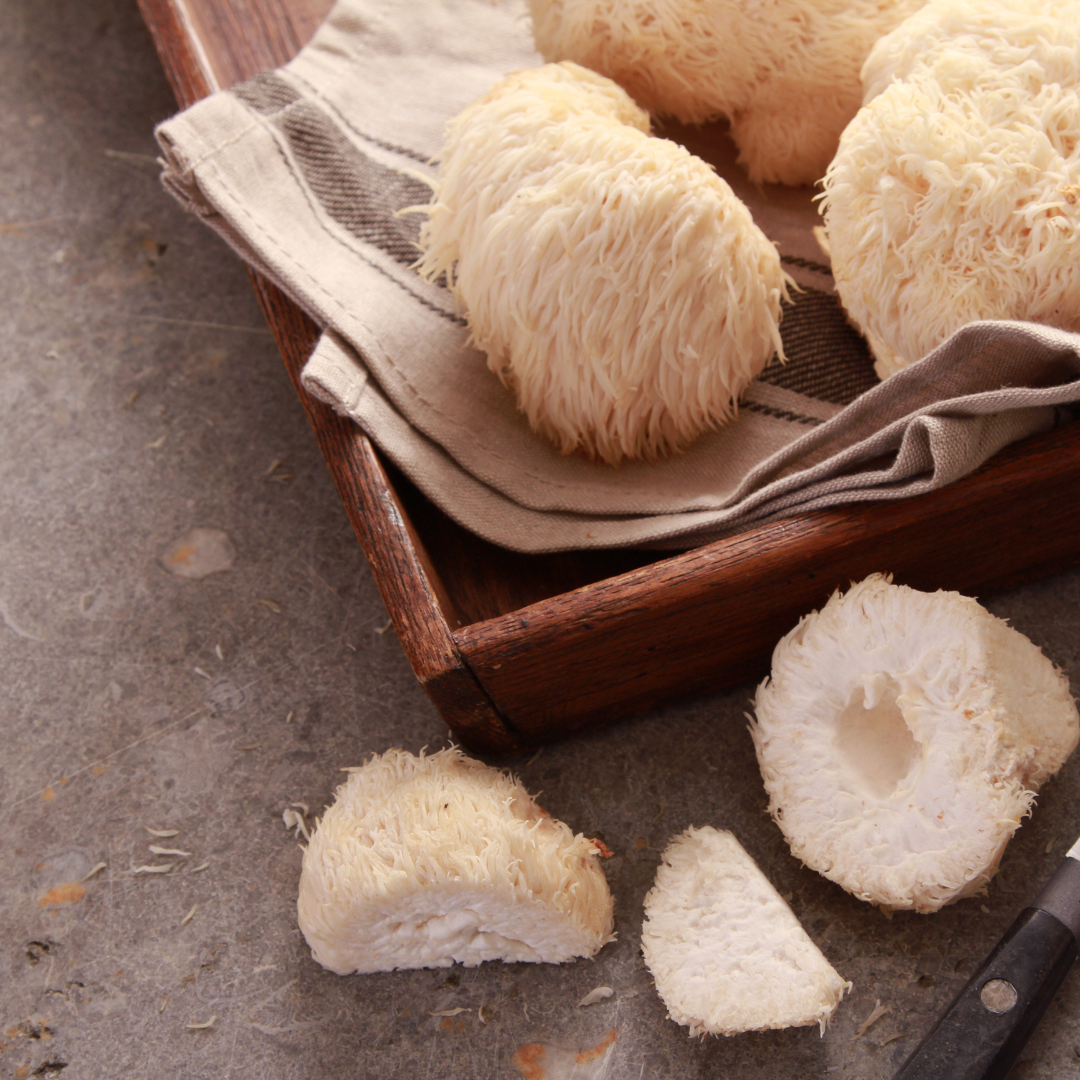Cart
Your cart is empty
Looks like you haven’t added anything yet, browse our Bestsellers below!
Continue ShoppingThis store requires javascript to be enabled for some features to work correctly.
Looks like you haven’t added anything yet, browse our Bestsellers below!
Continue Shopping
Lion's Mane, a distinctive fungus with a cascade of icicle-like spines, has been at the forefront of traditional medicine across various cultures for centuries. Recognized for its unique appearance and potent therapeutic properties, this mushroom has woven from ancient Eastern practices to contemporary global wellness trends. In this article, we'll journey through its rich history, cultural significance, and the resurgence of its popularity in modern health circles.
Spanning diverse terrains, the Lion's Mane mushroom is a testament to nature's adaptability. From Asian highlands to North American forests, its growth signifies ecological richness and cultural significance. Communities living near these habitats revered the mushroom for its unique appearance resembling a lion's Mane and its therapeutic properties.
Historical records suggest that ancient China reserved Lion's Mane for royalty. It was considered an elixir that extended life and enhanced vitality. This was primarily due to its rarity in the wild and the difficulty in cultivation at that time. In ancient texts, references describe the mushroom as a "gift from the mountain gods," signifying its esteemed status.
In traditional Chinese medicine, the Lion's Mane balanced the internal energies. It was seen as a bridge between the heart and the brain, offering clarity of thought and emotional resilience. Ancient practitioners often prescribed it for problems related to the mind and spirit, believing it to nourish both.
Similarly, native tribes in North America saw the Lion's Mane as a spiritual element. Its consumption was reserved for days of significant events, rituals, or when guidance from ancestral spirits was sought. The mushroom was not merely food but a medium to connect with the higher realms. Besides its spiritual significance, it was also valued for its anti-inflammatory and gut-healing properties.
Lion's Mane isn't just revered medicinally; its culinary value is undeniable. In traditional Japanese cuisine, this mushroom, known as Yamabushitake, is used in various dishes. Its taste, described as seafood-like, significantly akin to crab or lobster, is a delicacy. This texture and flavor make it a prized ingredient in vegetarian and vegan dishes as an excellent seafood substitute.
In other parts of Asia, like Korea and China, the Lion's Mane mushroom is often simmered in soups or sautéed with vegetables. It's believed that consuming the mushroom, especially during colder months, helps boost internal warmth and strengthens the body against colds and cases of flu.
In the contemporary era, with science backing many traditional claims, Lion's Mane is seeing a resurgence. Researchers have pointed towards its neuroprotective properties, indicating its potential role in slowing down age-related cognitive decline and combating diseases like Alzheimer's.
The mushroom's potential for nerve regeneration has become a significant topic of study. Its rich content of erinacines and hericenones, compounds believed to stimulate the synthesis of the Nerve Growth Factor (NGF), can play a pivotal role in maintaining the health of neurons.
Companies like Yemaya are at the forefront of integrating tradition with contemporary health as people increasingly gravitate toward natural wellness solutions. While they are primarily known for their sea moss products, Yemaya's principles – purity, authenticity, and sustainability – can seamlessly extend to products like Lion's Mane, emphasizing its historical and cultural significance.